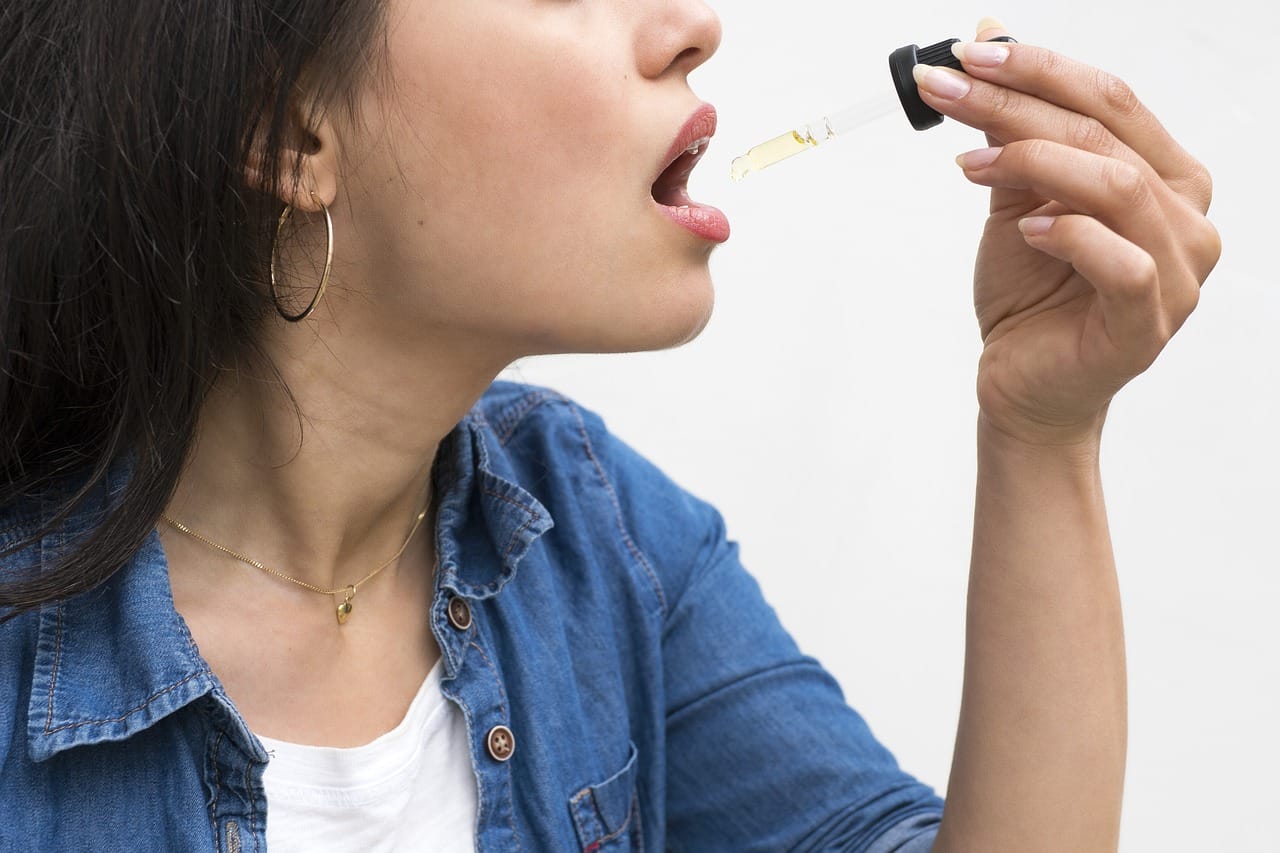CBD products have gained popularity in recent years. Many people use them for various health reasons. The Canada bulk cannabis store offers a wide range of these products for consumers and businesses alike. Two main types of CBD are full-spectrum and isolate, each with its own potential benefits and uses.

Full-spectrum CBD contains all the compounds found in the cannabis plant, including small amounts of THC, while isolate CBD is pure CBD with no other compounds. This key difference affects how they work in the body. Full-spectrum CBD may offer more benefits due to the “entourage effect,” where all the plant compounds work together. Isolate CBD, on the other hand, is free from THC and other cannabis compounds.
Choosing between full-spectrum and isolate CBD depends on personal needs and goals. Some people prefer full-spectrum for its wider range of effects, while others opt for isolate to avoid THC. Both types have their own pros and cons, and it’s important to understand these before making a choice.
Key Takeaways
- Full-spectrum CBD contains all cannabis plant compounds, while isolate CBD is pure CBD
- The entourage effect in full-spectrum CBD may offer more benefits than isolate CBD
- Personal needs and goals should guide the choice between full-spectrum and isolate CBD
Understanding Cannabidiol (CBD)
CBD is a key compound found in hemp plants. It comes in different forms and has gained legal status in many places. Let’s look at what CBD is and how it’s regulated.
Defining CBD and Its Forms
CBD, short for cannabidiol, is a natural substance from Cannabis sativa plants. It’s one of over 100 cannabinoids in hemp. CBD doesn’t make people feel “high” like THC does.
CBD products come in three main types:
• Full-spectrum CBD: Contains all hemp plant compounds, including up to 0.3% THC
• Broad-spectrum CBD: Has most hemp compounds but no THC
• CBD isolate: Pure CBD with no other hemp substances
People use CBD for various reasons. It may help with stress, sleep, and pain. More research is needed to fully understand its effects.
Legality and the 2018 Farm Bill
The 2018 Farm Bill changed CBD’s legal status in the U.S. This law made hemp with less than 0.3% THC legal at the federal level. It opened the door for CBD products to be sold more widely.
Before this bill, all cannabis was illegal under federal law. Now, hemp-derived CBD is legal in many places. But laws can differ between countries and states.
In Canada, CBD is legal but regulated like other cannabis products. Users must be of legal age to buy it. CBD items need approval from Health Canada before they can be sold.
Full-Spectrum CBD vs Isolate CBD
Full-spectrum CBD and CBD isolate differ in their chemical makeup and potential effects. Full-spectrum products contain a range of cannabis compounds, while isolates are pure CBD.
Chemical Composition
Full-spectrum CBD has many plant compounds from hemp. It has CBD plus other cannabinoids, terpenes, and flavonoids. There’s a small amount of THC, but no more than 0.3%. This mix creates the “entourage effect.”
CBD isolate is just pure CBD. It’s made by taking out all other compounds from hemp extract. There’s no THC or other cannabinoids. Isolate is often a white powder or crystal.
Therapeutic Effects and the Entourage Effect
Full-spectrum CBD may work better for some health issues. The entourage effect means all the compounds work together. This can boost CBD’s effects.
CBD isolate still has benefits. It’s good for people who want just CBD. But it might not work as well as full-spectrum for some problems. A study on animals found full-spectrum more helpful than isolate.
Full-spectrum CBD oils might help more with pain and swelling. The other compounds add to CBD’s effects. Isolate is better for people who need to avoid THC.
Health Benefits and Therapeutic Uses
Full-spectrum and isolate CBD have different effects on mental health and pain management. Their unique properties impact anxiety, depression, inflammation, and chronic pain in distinct ways.
Mental Health: Anxiety and Depression
Full-spectrum CBD may be more effective for anxiety and depression due to the entourage effect. It contains multiple cannabinoids and terpenes that work together to boost mood and reduce stress. CBD interacts with serotonin receptors in the brain to help regulate emotions.
Isolate CBD can still help with anxiety, especially for people sensitive to THC. It offers a pure form of CBD without other compounds. This makes dosing more precise and reduces the risk of THC-related side effects.
Both types show promise for easing symptoms of social anxiety disorder and generalized anxiety disorder. More research is needed to fully understand their effects on depression.
Pain Management and Anti-Inflammatory Properties
Full-spectrum CBD has strong anti-inflammatory effects. It may work better than isolate for chronic pain and migraines. The mix of cannabinoids in full-spectrum products can target different pain pathways in the body.
CBD isolate still offers pain relief, but may be less potent. It can reduce inflammation and ease discomfort without the risk of THC exposure. This makes it a good choice for people who need to avoid THC entirely.
Both forms show potential as anti-seizure treatments. They may help manage epilepsy and other seizure disorders. Full-spectrum CBD might have an edge due to its broader range of active compounds.
Extraction, Production, and Testing
CBD products go through several steps before reaching consumers. The process includes careful extraction, mixing with carrier oils, and thorough testing.
Extraction Methods: CO2, Solvent, Ethanol
CBD extraction pulls the compound from hemp plants. CO2 extraction uses pressurized carbon dioxide to separate CBD. This method is safe and produces pure extracts.
Solvent extraction uses chemicals like butane or propane. It’s faster but may leave traces of solvents in the final product.
Ethanol extraction soaks plant material in alcohol. It’s efficient and removes unwanted plant waxes. Each method has pros and cons for cost, safety, and purity.
Carrier Oils and Product Formulation
After extraction, CBD is mixed with carrier oils. Common choices are:
- MCT oil (from coconuts)
- Hemp seed oil
- Olive oil
These oils help the body absorb CBD better. They also make it easier to measure doses.
For gummies and edibles, CBD is mixed with other ingredients. Creams and lotions combine CBD with moisturizers. The type of product affects how quickly CBD enters the body.
Third-Party Testing and THC Content
Testing is crucial for CBD quality and safety. Third-party labs check for:
- CBD levels
- THC content
- Pesticides
- Heavy metals
- Mould
Full-spectrum CBD may contain up to 0.3% THC. Isolate and broad-spectrum products should be THC-free.
Test results are often shared through QR codes on product labels. This transparency helps consumers make informed choices. Regular testing ensures consistent quality and safety across batches.




